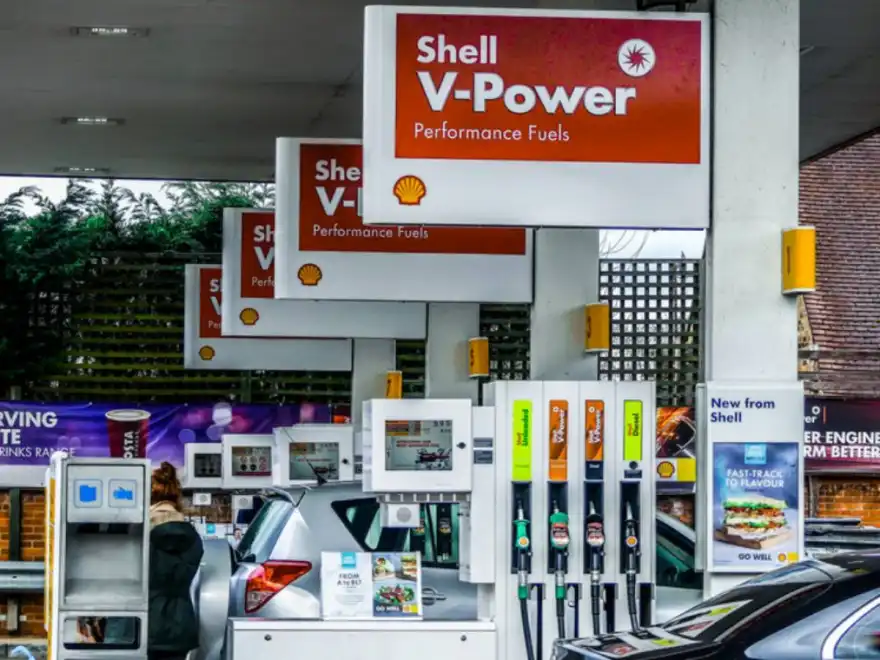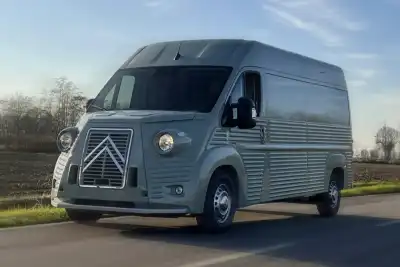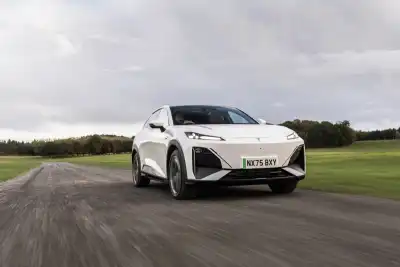
Despite the surge of hybrid and all-electric cars hitting the roads across Britain, we seem resigned to the prospect of paying higher and higher prices to fill up our vehicles.
In just the first three months of 2022, the average UK price of unleaded went up by over 10%, from 150.1p per litre to 167.4p.
Diesel went up, even more, rising nearly 14% from 154.7p to 177.7p at the forecourts.
Of course, these are national averages - and prices in some areas can vary wildly, so you might be raising eyebrows as you've paid far less or scoffing because you've spent far more.
Ten years ago, petrol averaged 141.4p per litre, while diesel was 147.5p. But the hit we’re feeling today seems far worse because, in early 2016, prices dropped to a little over £1 per litre across the country.
Then, after a 36% hike in late 2018, they plummeted to around the 110p per litre mark in spring 2020 as the coronavirus pandemic caused a collapse in demand.
Although recent rises mean a tighter squeeze on our pockets, especially as the cost of heating our homes has gone through the roof, maybe we can take some solace by comparing the price at the pumps with other countries.
Norway, for example, has the highest price of petrol anywhere in Europe, averaging £1.91 a litre. At the same time, neighbouring Sweden tops the diesel charts, averaging £2.06 – the former climbing a staggering 84p over the past year, while the latter has shot up 74p compared with a year ago.
In addition to the Netherlands, Finland, Greece, Germany, Portugal, Denmark, Switzerland, and Iceland, these two nations form a list of European countries where petrol prices are higher than in the UK. However, only five of them pay more than us for diesel.
The war in Ukraine has driven the recent surge. This conflict has seen Belarus and, to an even greater extent, Russia, side-lined by much of the world. The irony is that these two nations offer the cheapest petrol in Europe, costing just 50p in Russia and 53p in Belarus. However, Azerbaijan provides the most affordable diesel at just 36p per litre, half what it charges for a litre of petrol.
Indeed, plotting a map of price rises across Europe, it is noticeable that countries relying on Russian oil have seen the most significant increases.
Around two years ago, when the pandemic took hold, diesel prices averaged exactly €1 per litre (about 84p) across Europe. But that now stands at £1.39, while petrol has seen a similar upsurge from 88p to £1.36.
Inevitably, the increases have impacted haulage companies, with protestors in Italy blocking ports in February, widespread blockades reported across France, threats of strike action in Spain, plus fuel shortages in Hungary.
It is not just Europe that's feeling the pinch, though. Earlier this year, the US – a nation famed for its cheap fuel – saw prices rise by 22%. However, it’s since come down slightly and now sits at around 93p per litre.
This is a huge increase, considering only about 2% of the US's gasoline supply finds its origins in Russia. Still, experts say a country like the US deciding to ban Russian oil imports raises fears that other nations may follow suit. As a result, the market is adjusting to concerns over supplies in the future, although that doesn’t mean supplies are necessarily under threat.
In early March, fuel prices in Lebanon rose by 33% in a few days. Of course, people become wise to this and panic buying starts, causing a surge in demand, which often only increases the prices.
This rise affects hauliers, too, resulting in the price hikes making their way through the delivery chain until the price of groceries and essentials are also impacted.
Nations that are prominent oil exporters often tend to subsidise the cost of petrol for their people. So, as a result, you'll pay just 2p per litre in Venezuela, 3p in Libya and 4p in Iran.
The list of countries where prices are under 50p per litre is dominated by nations from Africa, the Middle East and South America. Still, even countries like Ethiopia, where the cost of diesel is now 45p per litre, have seen this rise by 28.5% since late last year.
So, although we've faced wallet-busting price hikes in the United Kingdom, it is very much a global problem.
Even countries paying far less than us have, proportionally, seen far higher price rises in percentage terms.
And, if you’re wincing at the cost of your next £1.70-ish fill up, remember this: you’d be paying around £2.25 per litre of petrol in Hong Kong, the most expensive place on Earth.




